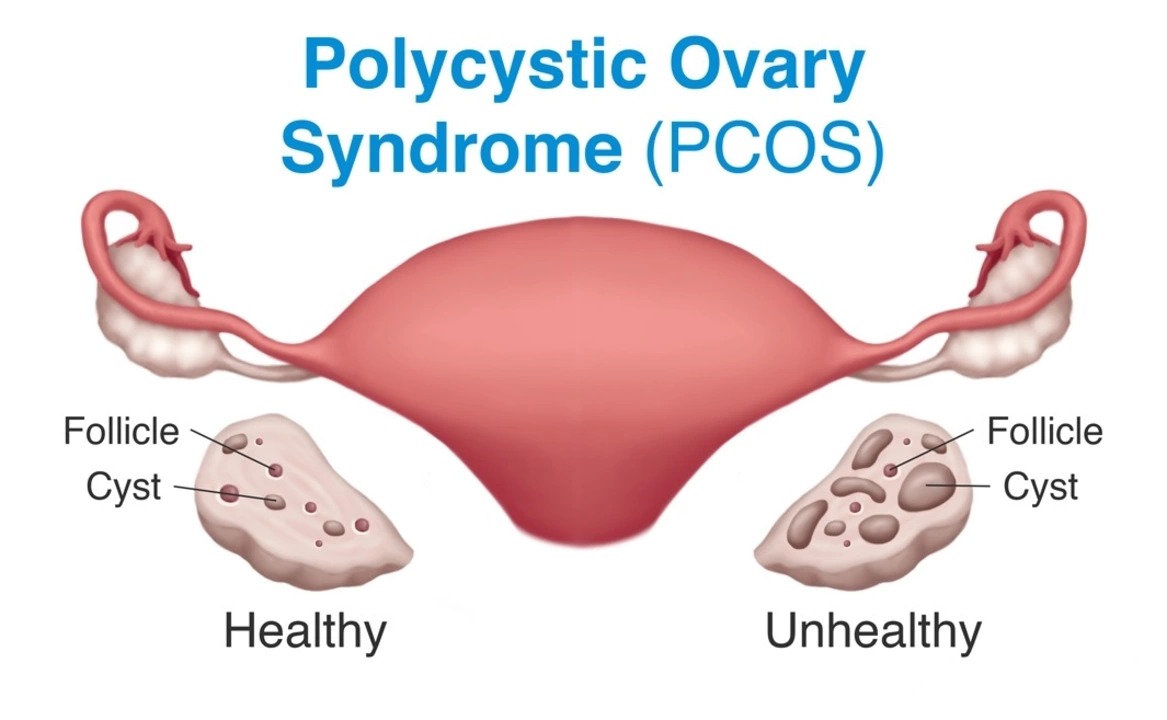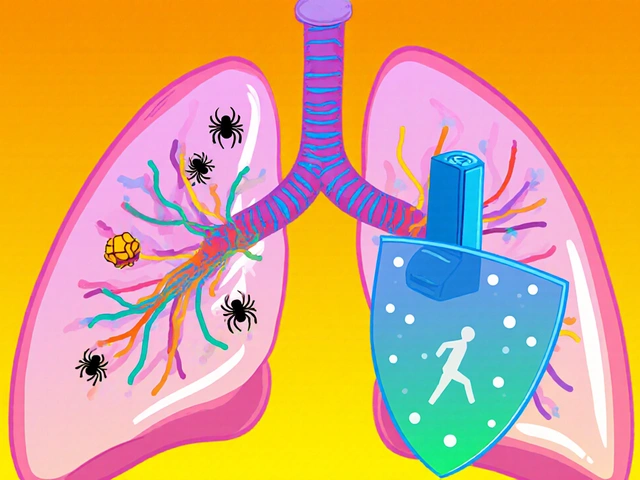Understanding Porphyria: Complete Guide to Types, Symptoms, Diagnosis & Treatment
September 24 2025Polycystic Ovary Syndrome (PCOS): What You Need to Know
Did you know PCOS affects up to 1 in 10 women of reproductive age? If you have irregular periods, extra facial hair, acne, or trouble getting pregnant, PCOS could be the reason. This short guide explains what PCOS looks like, how doctors check for it, and real steps you can take now to feel better.
Symptoms and what causes them
PCOS is a hormonal disorder. Common signs include missed or irregular periods, heavy bleeding, excess hair growth on the face or body, acne, and weight gain around the belly. Many women also have trouble ovulating, which makes conception harder. PCOS often links to insulin resistance — when your body struggles to use sugar — and that raises the risk for type 2 diabetes and heart disease over time.
How PCOS is diagnosed
There isn’t a single test that proves PCOS. Doctors usually look at three things: your menstrual history, a pelvic ultrasound to check ovaries, and blood tests to measure hormones like testosterone and to screen for insulin resistance or high blood sugar. A clear conversation about symptoms and family history often leads to the diagnosis faster than one single lab result.
Worried about tests? Ask your clinician for a simple plan: basic blood work (including fasting glucose or HbA1c), an ultrasound if periods are irregular, and a review of symptoms. Tracking your cycles and symptoms in a simple app or notebook helps your doctor spot patterns.
Managing PCOS usually combines lifestyle changes and medicine. Losing even 5% of body weight often helps restart regular periods and improves insulin sensitivity. Try steady habits: small, consistent portions, more vegetables, less sugary drinks, and a routine of walking or strength training three times a week. These things really move the needle for many people.
Medications depend on your goals. For menstrual regularity and acne, doctors often suggest combined birth control pills or a progestin schedule. If insulin resistance is a concern, metformin can help with blood sugar and may improve cycles. For fertility, clomiphene or letrozole are common first steps to help you ovulate. Anti-androgen drugs like spironolactone can reduce excess hair, but they require reliable birth control because of pregnancy risks.
Supplements like myo-inositol and vitamin D show promise for some women, but talk to your clinician before starting anything. Also pay attention to mood — anxiety and depression are more common with PCOS, and mental health care should be part of your plan.
If you suspect PCOS, book a visit and bring a list of symptoms, your menstrual record, and questions. Small changes — regular meals, sleep, and consistent exercise — plus the right medical plan can cut symptoms and lower long-term risks. You don’t have to figure this out alone; a good team and practical steps make PCOS manageable.
 17 May
17 May
The Connection between Hirsutism and Polycystic Ovary Syndrome (PCOS)
As someone who has been researching the connection between Hirsutism and Polycystic Ovary Syndrome (PCOS), I've discovered some interesting facts. Hirsutism, which is the excessive growth of hair on the face and body, often affects women with PCOS due to hormonal imbalances. These imbalances can lead to an increase in androgen levels, which is the primary cause of excessive hair growth. Treating PCOS can sometimes help manage Hirsutism as well, but it's important to consult with a healthcare professional for personalized advice. Overall, the connection between these two conditions highlights the importance of understanding and addressing hormonal imbalances in women's health.
Read More...




